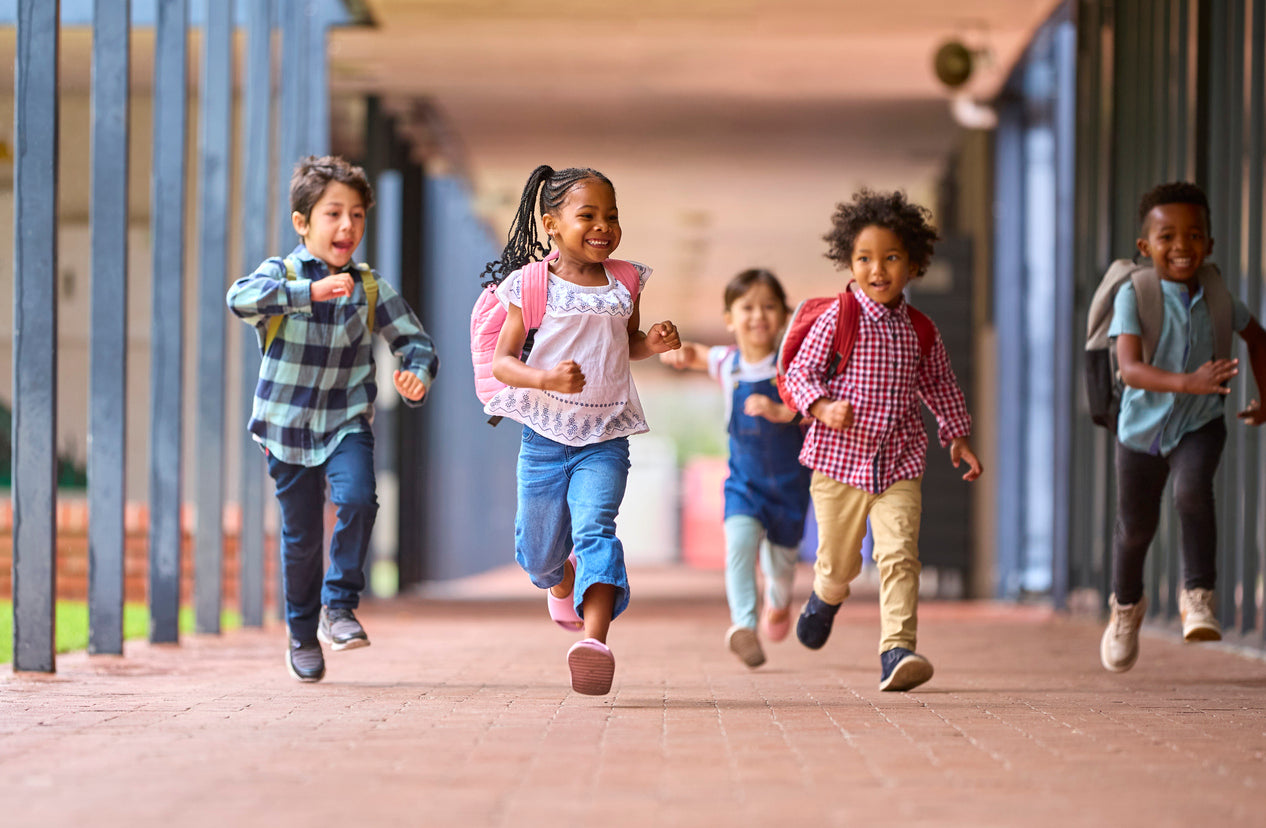A routine is a set, orderly way of accomplishing a task that is repeated over and over at specified intervals. As adults, we engage in many different routines throughout the day - getting ready for work, getting kids ready for school, attending a daily morning meeting, arranging dinner each night, and getting ready for bed are all examples of common routines for adults. Routines offer predictability and help us avoid becoming overwhelmed by not knowing what’s coming next, which brings comfort and peace of mind. But routines aren’t just useful for adults…they are also great tools to teach young children about emotional regulation and expectations. Routines offer many benefits for the young mind, teach and reinforce life skills, and set them up for good mental health as they age. In this post, we’ll go over some of the top benefits young children gain from engaging in routines.
Security, Safety, Control
Everyone wants to feel secure, safe, and in control…and children are no different. When children have security and feel safe, they flourish. When children feel overwhelmed and out of control they tend to shut down or act out, both of which are unhealthy ways to cope with negative feelings. The predictability that comes with routines in the classroom help students know what to expect next and what is expected of them, allowing them to participate in the activity in a more meaningful and fulfilling way.
Self-Confidence
When students know what to expect and how to proceed through a routine, it helps build their self-confidence and encourages them to ask questions, assume responsibility, and take risks. This will lead to more success later in life as they embrace challenges, tackle adversity, and don’t stand down in the face of failure.
Sense of Belonging/Teamwork
Participating in a routine gives students a sense of belonging in that activity, whether it be in the classroom setting or at home. They can clearly see their role in the routine, other people’s roles, and feel comfortable interacting with others as a part of the team.
Language Development
Routines don’t just involve the same actions over and over, but they also often use the same words and phrases. This repetition helps students learn new vocabulary and how to use new language in conversation.
Transitions
Transitioning from one activity to another is often a difficult undertaking for young students, especially if they’re transitioning away from an activity they enjoy. Routines make transitions easier by setting clear expectations of what needs to happen and when. When the routine is repeated each day, it helps the students learn to deal with the upsetting emotions of leaving a preferred activity in a healthy way.
